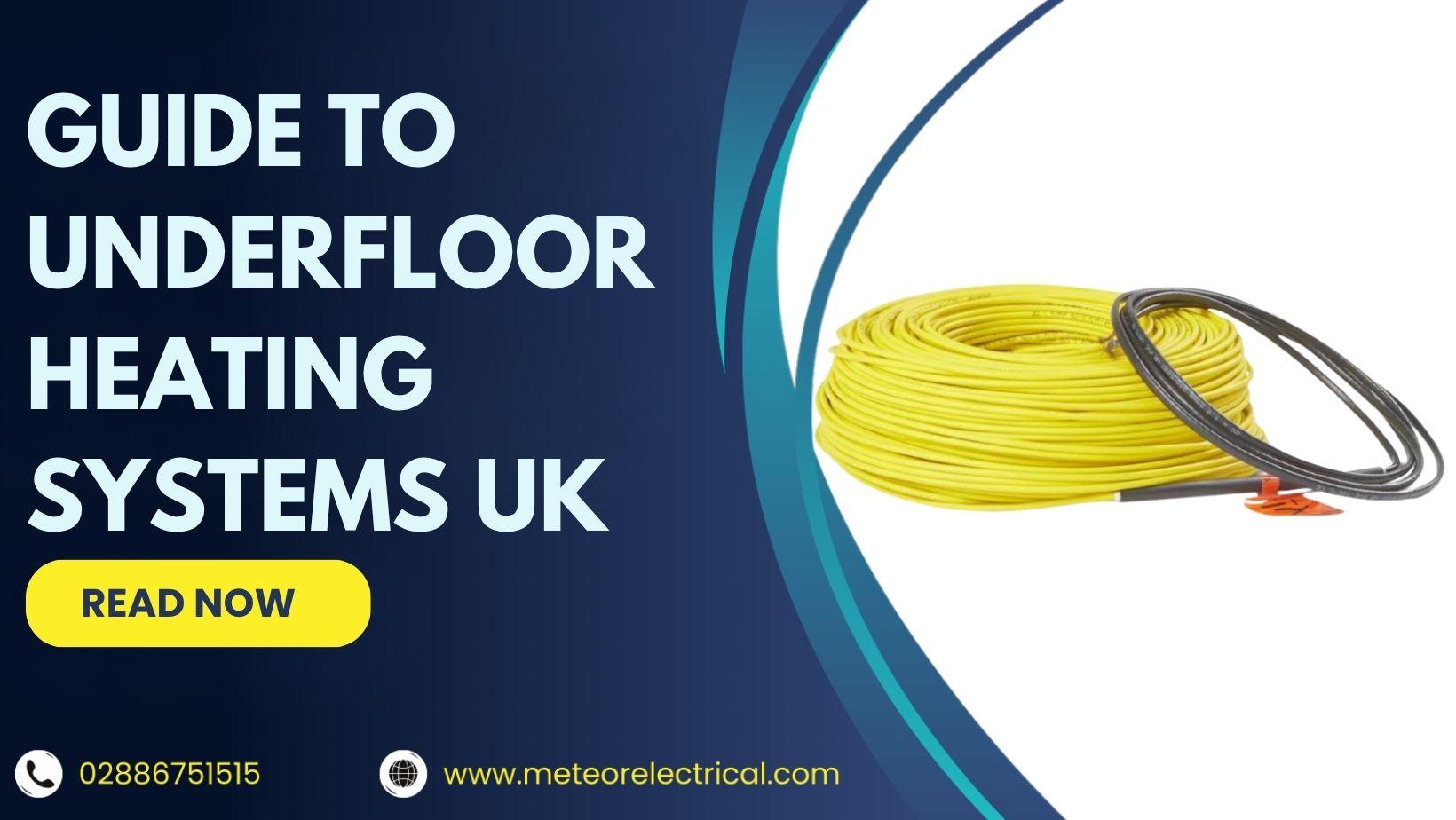Guide to Underfloor Heating Systems UK: Modern, Energy-Efficient Heating Solutions
Guide to Underfloor Heating Systems UK: Modern, Energy-Efficient Heating Solutions
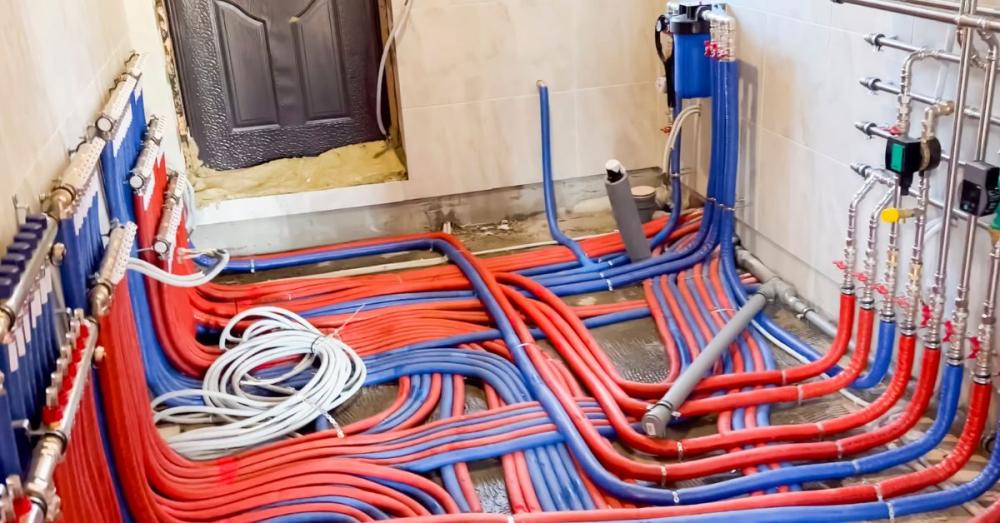
Homeowners across the United Kingdom are turning to underfloor heating systems as they look for modern, energy‑smart ways to warm living spaces. A system that radiates heat from beneath the floor removes bulky radiators and delivers a calmer, more balanced climate throughout each room. The shift is supported by a recent UK Government study reporting that energy‑saving features now appear in more than 85 percent of newly built properties.
Architects, installers and householders alike value the flexibility of electric mats, loose cables and water‑based pipe loops, each capable of providing gentle comfort through every season.
Underfloor Heating Systems: Understanding the Workings
An underfloor heating system produces warmth beneath the finished floor and releases it gradually into the room. Radiators create hot spots and cool corners; the subfloor approach spreads heat evenly.
Two main technologies are available:
- Electric systems: Heating mats or cables connect directly to the mains. They suit single room upgrades and renovation projects where minimal buildup is important.
- Water‑based systems: Warm water flows through pipes embedded in the floor construction, often heated by a boiler or heat pump. They perform well in new‑build homes or whole‑house schemes.
Once the floor surface reaches its set temperature, heat rises gently, maintaining comfortable conditions in bathrooms, kitchens, hallways and open‑plan areas.
Versatility of Underfloor Heating: Where and How It Can Be Installed
Source- The Home Depot
Underfloor heating adapts to a wide range of flooring and property layouts.
Suitable floor types include:
- Tile and stone
- Laminate plus engineered wood
- Carpet combined with low‑tog underlay
- Luxury vinyl tile and sheet vinyl
Slim heating mats add little height, while flexible cables weave easily around awkward shapes. Installers can treat a single room or extend the system through the whole home, giving designers plenty of freedom.
Choosing Between Underfloor Heating Mats vs. Cables
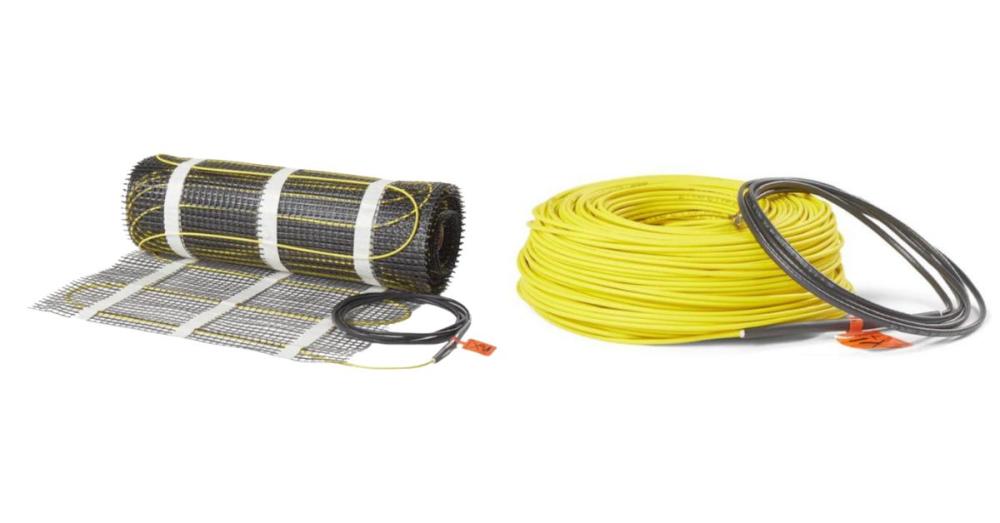
Room shape, installation speed and personal preference usually guide the decision between mats and cables.
1. Heating Cables
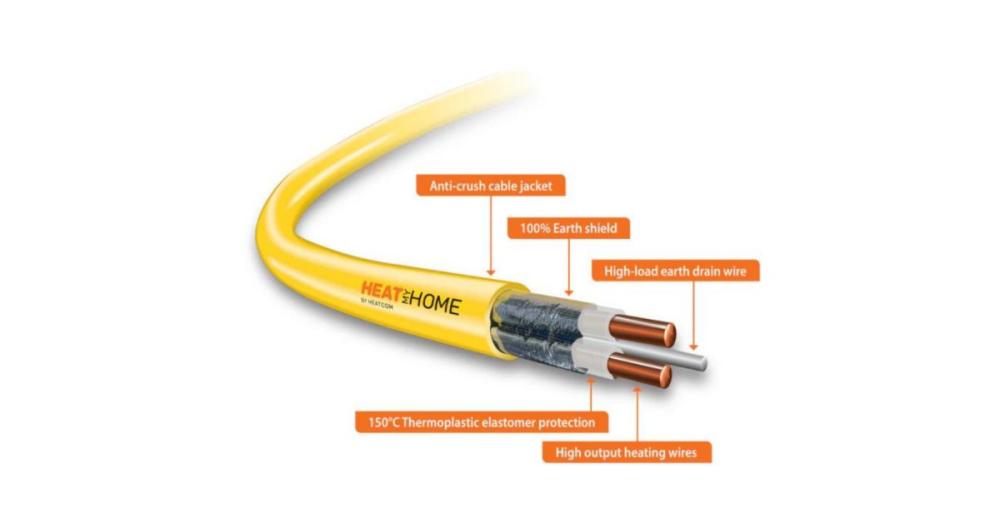
Cables allow full control of loop spacing and serve smaller, irregular rooms such as en‑suites or cloakrooms.
Featured Product:
Heat My Home Underfloor Heating Cable – Heatcom
The flexible cable connects to any mains‑voltage controller, giving separate floor and air temperature control. Installers secure the loops to a carrier mat or high‑bond tape, and furniture should stand on legs or spacers at least 50 mm high to promote airflow.
Key Features
- Compatible with almost every common floor finish
- Loop spacing can be adjusted to match heat demand
- Anti‑crush outer jacket and complete earth shield add safety
- Multiple cable lengths combine to cover large or unusual spaces
2. Heating Mats
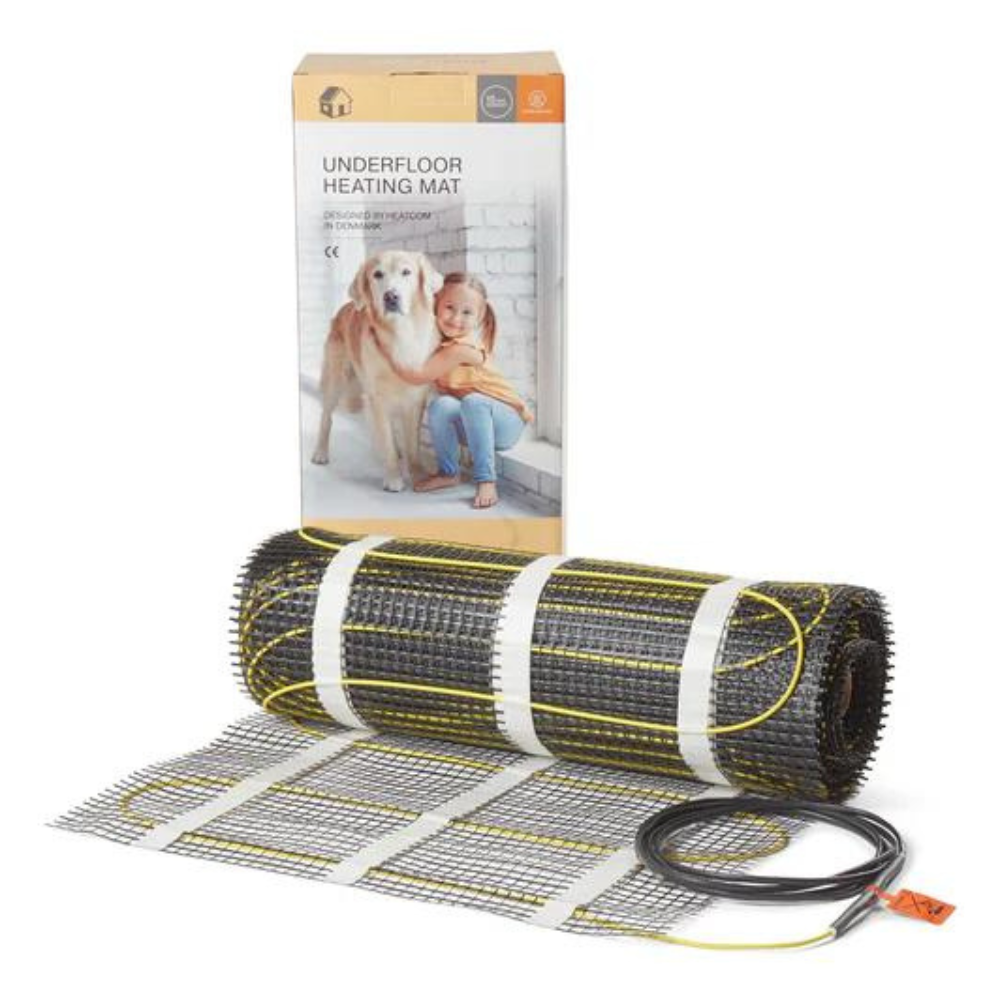
Pre‑spaced mats accelerate work in larger, consistently shaped rooms.
Featured Product:
Heat My Home Underfloor Heating Mat – Heatcom
The mat supplies primary heat in well‑insulated areas and carries certification for wet rooms and bathrooms.
Key Features
- Offers rapid warm‑up (Wattage output range: 160 W – 2400 W)
- Cut‑and‑turn mesh shortens fitting time
- Works under tile, carpet, vinyl or bonded wood when paired with a suitable levelling compound
- Anti‑crush jacket and earth shield support durability
- Large open spaces benefit from mat installation compared with loose cable
Source- Skill Builder
Advantages of Installing Underfloor Heating Systems for UK Homes
Homeowners select underfloor heating for more than warm toes.
- Heat spreads evenly and eliminates cold corners
- Lower operating temperatures can trim utility bills by as much as 15 percent (The Green Age)
- Additional wall space appears once radiators disappear
- Modern thermostats deliver fine‑tuned control through smartphone apps
- A well‑designed system may lift the property’s energy rating and resale appeal
Up‑front costs may exceed a basic radiator replacement, yet long‑term savings and improved comfort often justify the investment.

How to Choose the Right Wattage for Your Room
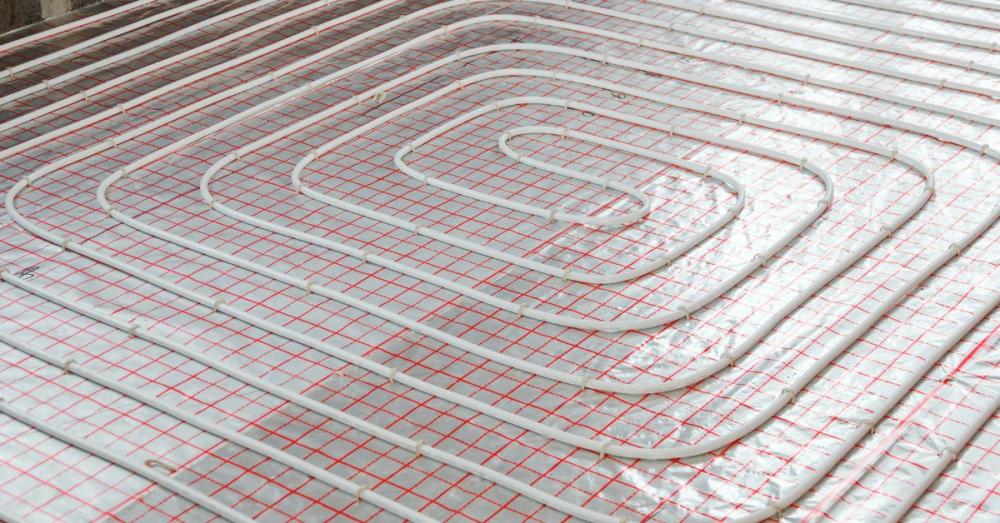
Correct wattage selection balances comfort and energy consumption.
Typical wattage ranges include:
- 130‑160 W/m² Living rooms and bedrooms that retain heat well
- 180‑200 W/m² Kitchens and bathrooms where a fast response is useful
- Above 200 W/m² Conservatories or zones with higher heat loss
Key considerations:
- Room area measured in square metres
- Subfloor insulation performance
- Thermal resistance of the chosen floor covering
- Daily usage pattern and setback periods
Loose cable offers flexibility through loop spacing adjustments, while mats provide a fixed output that speeds up installation.
Conclusion: Bring Lasting Comfort to Your Home with Modern Heating Solutions
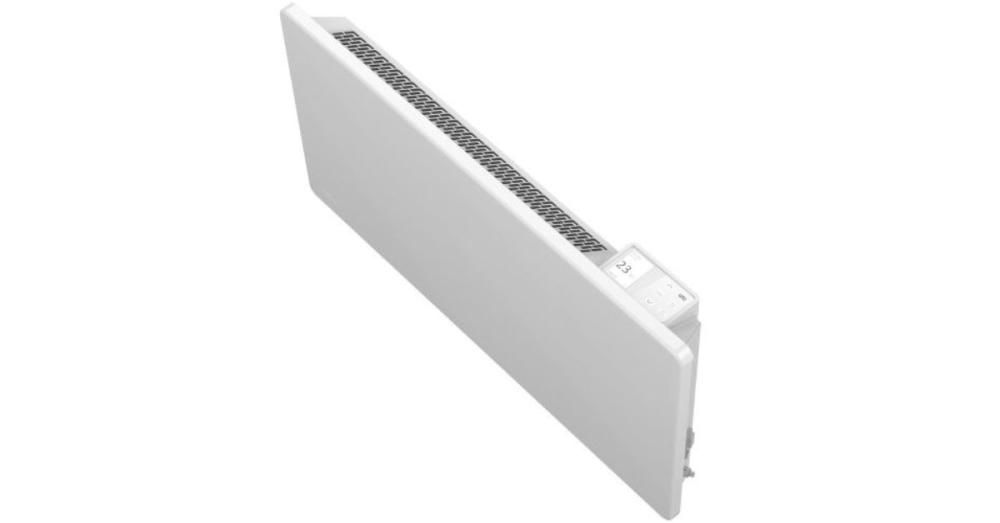
A thoughtfully planned underfloor heating system brings reliable warmth, extra floor space and lower running costs to contemporary interiors. Electric mats and cables come in many lengths and wattages, making it straightforward to match each product to its intended room. Whether upgrading one bathroom or planning an entire new build, underfloor heating provides a discreet, future‑ready solution that delivers year‑round comfort.
Explore the full collection of heating and ventilation products at Meteor Electrical and arrange fast UK delivery. Step onto a consistently warm floor and experience a calmer living environment every single day.
FAQs
1. How much energy does electric underfloor heating use?
Energy consumption depends on insulation quality, room size and thermostat settings. Many households report reduced bills because the system operates at a lower surface temperature while still maintaining comfort.
2. Can underfloor heating work alongside solar panels or heat pumps?
Electric and water‑based installations integrate effectively with renewable technologies, creating a low‑carbon home heating strategy.
3. What service life should homeowners expect?
Correctly installed underfloor heating usually performs for over twenty five years, requiring minimal maintenance during that period.
4. Can underfloor heating be used in upstairs rooms or apartments?
Yes, electric underfloor heating systems are lightweight and do not require structural floor changes, making them suitable for upper floors and apartment spaces. Proper insulation beneath the system improves efficiency and prevents heat loss to rooms below.

